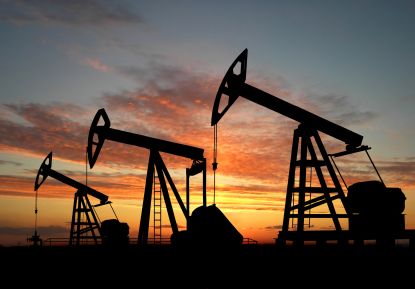The world needs energy — and lots of it. Insatiable energy demands to either preserve or accelerate industrialization in the world’s emerging economies have produced a revolution in unconventional oil and gas sources which is sweeping global energy markets. This unprecedented shift is being increasingly supplied by shale gas, tight oil, and oil sands —all unconventional sources of energy made feasible by new technologies and rising energy costs. The International Energy Agency (IEA) forecasts that global demand for energy will increase 33% by 2035, as economies in both developed and emerging countries grow and standards of living improve.
As a major producer, exporter and consumer of energy, Canada is well positioned to help meet these growing energy demands, while continuing to secure its own energy future. Canada is now the fifth largest energy producer in the world, ranking second globally in hydro electricity production, and second in uranium production. The country is the only OECD nation with a growing oil production industry, presently producing over 3 million barrels a day. While its production is ranked sixth in the world, Canada’s proven oil reserves are the third largest, of which the majority is found in the country’s oil sands.
Canada has an additional advantage: its reputation as a strong, politically stable economy. Considering its robust infrastructure and educated workforce, Canada can maintain its image as a reliable investment spot.
Evolving Relationship with the United States
Canada’s evolving energy relationship with the United States is becoming more complicated. Historically, the US was Canada’s sole customer for 99% of its crude exports, but the future of that reliable high demand is being called into question. Massive new investment in the domestic American energy infrastructure has begun to lessen demand for Canadian energy in favour of domestically produced oil and natural gas.
Although statistics indicate the US may be energy independent by 2030, the TransCanada’s Keystone XL oil pipeline from the oil sands Alberta to the US Gulf Coast will still help to fuel American demand. In any case, Canada is locked into a market that is slow growing, intensely competitive, and fraught with political pressures.
Oil production in the US is expected to outdo Russia and Saudi Arabia by 2015, with a rise in oil output from 9.2 million barrels per day last year to 11.6 million in 2020. At the same time, however, as fields such as the Bakken in North Dakota and the Permian in West Texas continue to age, US crude production is expected to plateau after 2020 and then begin a slow decrease after 2025. Although US oil demand is forecast to fall more quickly than its production declines between 2025 and 2035.
North America is therefore seen to be a key source of progression in global oil production until 2020. However, the IEA suggests the unconventional boom in the US has a limited life span, and is unlikely to be imitated elsewhere, considering the physical and political challenges involved in intensive hydraulic fracturing, which is needed to maintain production growth. It recognizes, however, that technological developments have the ability to prolong the US boom beyond current expectations.
As we see US growth in oil production, as well as the Middle East’s likely re-emergence as the oil powerhouse in the coming decade, there is strong need for Canada to rely less on the US and seek other opportunities abroad. The country is already well poised to assist emerging economies, especially those in Asia, to meet their growing energy demands. This will be done in tandem while slowly moving away from such a heavy reliance on the US and using its energy, while looking to diversify its export portfolio through seeking new prospects in a dynamic global economy. To learn more, check out next week’s article: ‘Asia: Canada’s Next Energy Opportunity’.





